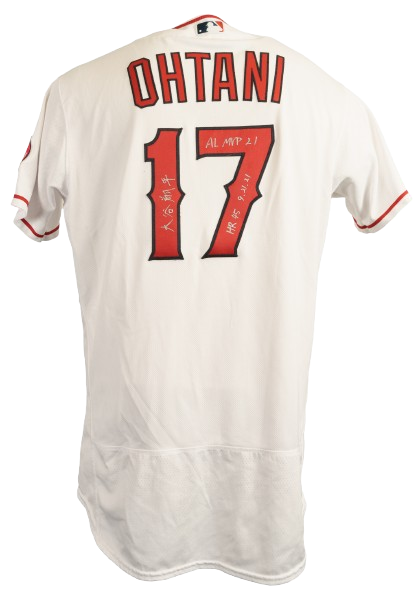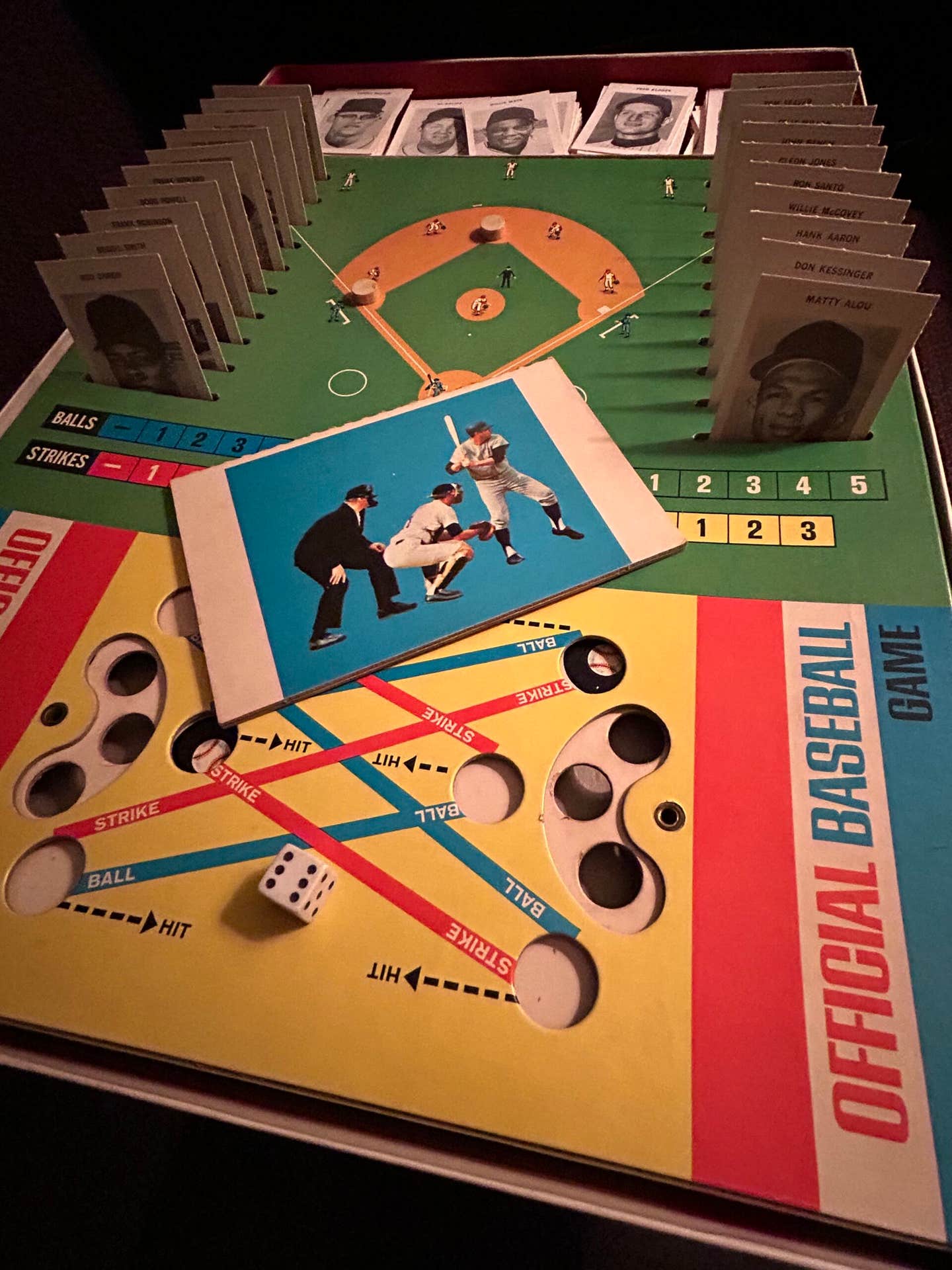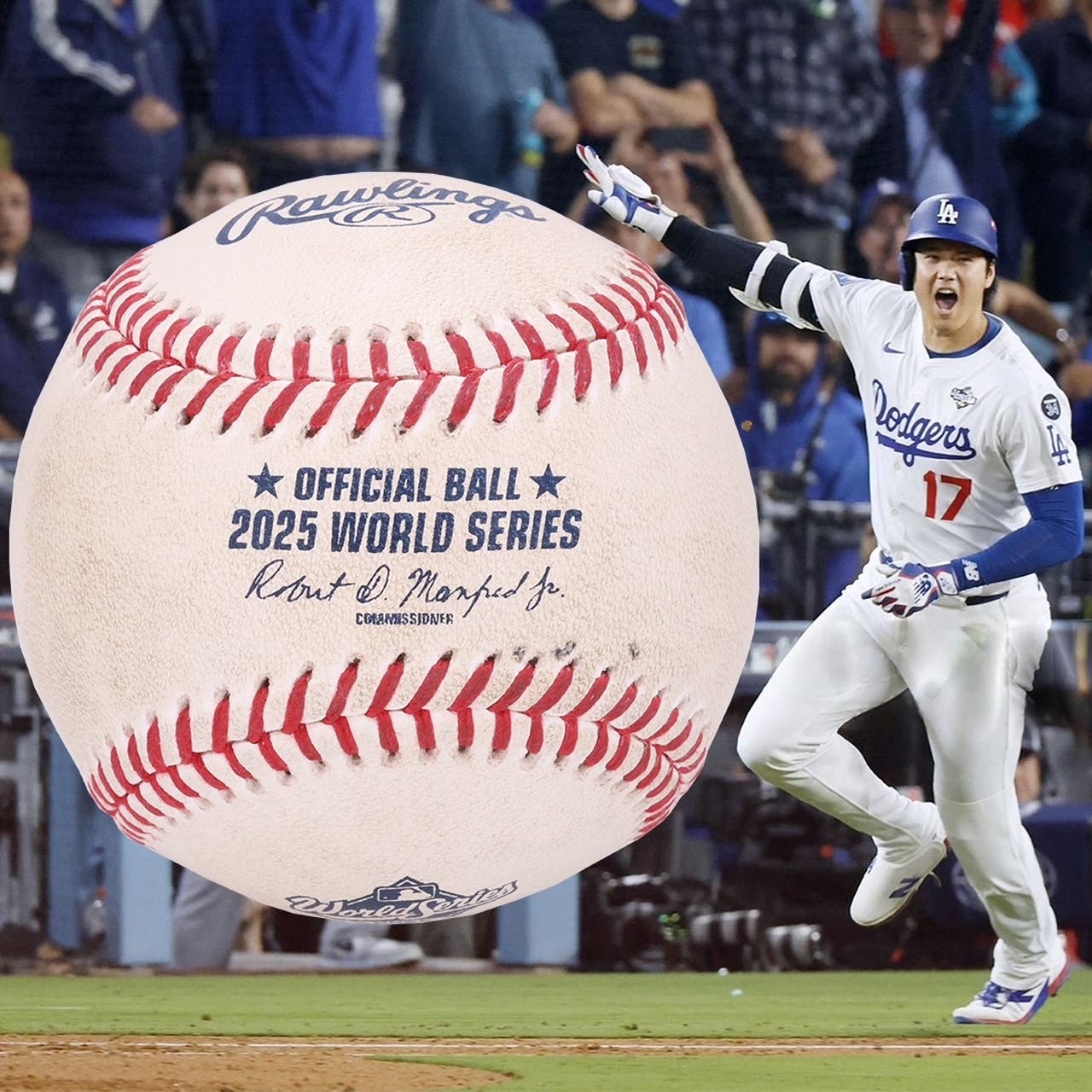Memorabilia
Meet Some of the Surviving Sports Collectors Clubs
By George Vrechek
Club membership connotes selectivity and often requires the applicant’s subjection to social and financial scrutiny. Groucho Marx is attributed with making fun of the process by sending the Friars Club of Beverly Hills a telegram, “Please accept my resignation. I don’t care to belong to any club that will have me as a member.”
Collectors clubs
However, card collectors clubs have never involved prospective members jumping through hoops for admission. If you want to join, you are in – once your check clears. Clubs began sprouting in the early 1970s as collectors started to find one another and were anxious to get together to whittle down their want-lists. Collectors met in living rooms and basements, moved on to restaurants, and graduated to VFW Halls and church basements. Hobby publications in the 1970s frequently reported the activities of local clubs as they formed and started shows.
As groups grew, they found the need to collect dues and fees to defray costs like room rentals, table rentals, publicity, newsletters and autograph guests. The clubs usually operated on a break-even concept; most organized themselves as not-for-profit entities. Not-for-profit clubs got to be involved in the exciting process of applying for not-for-profit tax status, filing required annual reports and returns, and complying with requirements for sales taxes.
Some of the clubs morphed into for-profit promoter shows, others went out of existence, and a select few have kept at it, providing a different experience for local collectors.
More than one of the club directors I contacted mentioned something like, “As with most organizations, much is done by few.” While few areas of the country are covered by collectors clubs today, their very existence raises the question of whether such clubs would be successful again in other regions. I found four organizations identifying themselves as long-standing collectors clubs that are not online groups. If readers are involved in any other not-for-profit sports collectors clubs, please let us know and we’ll include your information in a future article.
TWIN CITIES / MINNESOTA; tcscc.org
The Twin Cities Sports Collectors Club was started in 1975 by Larry Loeschen, Bud Tompkins, Lee Temanson and Dennis Moriarity – all Minneapolis/St. Paul area residents. Dave Bonde is the current club president. Former SCD columnist Temanson contacted the other three founders after finding their names in hobby publications like SCD and The Trader Speaks.
Temanson’s history in the hobby
Temanson, 75, started collecting in 1949 and never stopped. In the 1970s, he wrote a column called “Out There” for SCD about new card offerings. He also found time to co-own with Dave Nelsen the Great American Collectors Store outside Chicago for several years.
Temanson had the ambitious goal of collecting one of every baseball card. He started buying T206s for 40 cents each in the 1960s and it seemed like anything was possible. When Topps came out with glossy coated “regular” cards described as the Tiffany set in 1987, Temanson finally threw in the towel on the one-of-every-card idea.
The four founding fathers first met at a Perkins Restaurant in 1975. Apparently any wives involved figured out very early in the process that it would not be a good idea to invite a mob of hungry collectors into their dining rooms or basements. Larry Loeschen knew a merchant at Apache Mall and the group moved their gatherings to the mall. The original arrangement was that you could join the club for $10 per year, which would entitle you to having a table at the mall for $1 per show. Of course, you could wander into the show at the mall for free. Membership quickly grew to more than 100 collectors with shows every month. Dennis Moriarity edited a newsletter. Dave Bonde contributed articles on autographs.
After a 1987 tornado hit the Apache Mall, the club moved to other locations, eventually settling in at Valley West Mall in Bloomington. Several years ago the club direction had to be re-focused, and Lee Temanson returned to help operate the club along with Tom Dolan. Club President Dave Bonde has continued the tradition.
Dave Bonde’s report of current activity
There are usually 45 dealers or collectors with tables each month, and 700 people may spend time at the show. About 225 members pay dues of $15 for one year, $25 for two years or $60 for lifetime. Members get a reduced table rental rate at the monthly shows, reduced autograph fees, a fantasy baseball contest and receive a digital newsletter. There are other contests where members can win club bucks redeemable for anything at dealers’ tables.
Four times a year club members are entitled to put cards or any collecting memorabilia in an oral auction run during the shows. After the auction, club members enjoy free pizza and pop. Bonde added, “Once a year, the club has an annual banquet at a local restaurant. Members can purchase tickets for a greatly reduced price, with the club picking up the remainder. A guest speaker is generally there, and door prizes are also given.”
The bulk of club expenses are paid by table rentals. Autograph guests will be brought in for modest fees. The club is proud of being a not-for-profit entity and having donated more than $10,000 over the last few years to local charities, nominated by members. Recently, former Twins manager Tom Kelly appeared and helped raise more than $3,000 for the Twins Community Fund.
WASHINGTON; wssca.net
The oldest club appears to be the Washington State Sports Collectors Association founded in 1973 by 10 charter members: Frank Caruso, Russ Dille, Ralph Winnie, Steve Mitchell, Ted Baker, John Eichmann, Dave Voorhees, Bob Senior, Larry Moe and Bud Baker. The first Convention was held on Aug. 25, 1973, at the Washington Athletic Club in Seattle.
Monthly meetings are truly meetings rather than shows. Members gather at Razzis Pizzeria in Seattle; a trading session begins at 7 p.m., followed by a meeting at 7:30. They work toward putting on two shows a year at Meridian Park School in Shoreline, Wash. Their summer show has been running for 41 years. Admission is $2 and little kids are free. There are five officers, with Mark Clatterbuck as the president.
Annual dues of $20 entitle the 55 members to reduced table rates at the two annual shows, where about 30 people will take tables.
Club treasurer Dave Peterson reports, “Our events are put on by collectors for collectors. We have a core group of dedicated members and dealers who help set up, break down and run the conventions. We do not allow Beanie Babies, comics, Pokémon, coins or Magic cards. This sets us apart from other shows . . . For a number of people, dealers and collectors, this is the only show they will do each year.”
Collector Dave Fallen of Arlington, Wash., added his thoughts about the great shows: “One thing that is pretty special is that several local collectors have tables to sell their dupes or trade. They are there to talk and enjoy others in the hobby. It is the only place I can network with Seattle Rainiers and other PCL collectors. I really look forward to this show.”
WISCONSIN; wsca1975.com
The Wisconsin Sports Collectors Association has been gathering since 1975. There are monthly shows held at Gonzaga Hall in Milwaukee. Annual dues are $8, which permits free admission for 250 families during the year. Walk-in collectors pay $1 per show. There are around 50 people who have tables at each show.
The Kilps family
The late LeRoy Kilps helped start the club, and it is now run by his son Keith. Mike Rodell is the vice president, and Bob Ruesch is a director. Keith Kilps commented on the long-running status of the club and the family aspect: “Many adults who are now members were kids who came with their dads and now they bring their kids! It has been a great way to keep kids involved in a very expensive hobby nowadays. We try to come up with activities to keep the kids interested in the hobby and keep them coming back. There is a kids’ auction at noon, where the kids pay a quarter and can pick a prize. Many of the items that the kids choose are donated by the dealers. In our monthly newsletter, I add in a word search or a small activity for the kids to complete and bring to the next show for a prize.”
Kilps added, “When my dad started the club, along with three others, the thought was, ‘Hey we are collecting and trading cards in each other’s basements, let’s take it to a hall and make something of this.’ Any revenues in excess of expenses we have as a club are donated to various charities and functions each year. We sponsor several Relay For Life outings for a team, Tyler’s Crusaders, headed by one of our members in Kenosha, Wis. We also work with charities, including the Brewers Community Foundation, Juveniles Diabetes and March of Dimes.”
Members and volunteers
“We have been thankful to keep a steady family membership list and see many returning faces at each show,” Kilps stated. “We do not have the funds to bring in high-priced autograph guests, however, we are able to bring in retired Braves, Brewers, Bucks, etc., at low autograph prices and in an environment where they can take time with fans and tell great stories. This year we have had Johnny Logan, Felix Mantilla and Sam Williams as guests.
The volunteer side is very positive as well. We are very blessed to have a big group that helps each month. It’s very much a family function. My mom runs the concession stand, my aunt and uncle run the admission door and my nephew is around to carry things and help out. This is how it has always been throughout the years, so taking over upon my dad’s sudden passing three years ago, I was very familiar with the way things operated.
“Mike (Rodell) and I are also volunteers in our roles for the club. We have an auction during each show from 10 a.m.-12 p.m., and it is run completely by our volunteers. A few of them have been with the club for many years; some even came to shows when they were kids. There is definitely no shortage of people willing to help.”
Collector Ken Goetsch of Watertown, Wis., gets to their shows frequently and describes them as very well run. “It’s really the only vintage show in Wisconsin,” he said.
BOSTON; gbscc.com
The Greater Boston Sports Collectors Club was established in 1985. Of the 11 founding fathers, three are still active as board members. Annual $12 dues provide members with free admission to monthly meetings and an annual convention, as well as buffet dinners twice yearly.
The not-for-profit club has six directors and more than 200 members. Meetings are held at the Woburn Elks in Woburn, Mass. According to club treasurer Steve Knapp, the monthly meetings usually include a former athlete from a Boston team speaking to the group, followed by questions and answers and autographs. A few members set up tables at the meetings, but it’s not a big part of the evening. They also have an auction, which gives club members another venue to sell things.
Knapp joined in 1994 and commented on the volunteer aspect of the club: “We have volunteers manning our club tables, which provide volunteers with an opportunity to spend some time with former major leaguers, and others sell admission tickets. We have taken to giving volunteers $25 restaurant gift cards the last couple of years, but I don’t really think that it’s a major reason people come to help. We have pretty much the same group of volunteers, year in and year out.”
Knapp pointed out the administrative requirements for their club. “Our six-member board has clearly defined roles and complement each other very well. As treasurer, I keep the books, provide quarterly financial reports, submit documents to our tax accountants and pay all the bills. Our publicity person does all our advertising and printing and keeps our membership and mailing lists. Our vice president arranges for guests for our monthly meetings. We meet once a month as a board and generally work very well together.”
SOUTHERN CALIFORNIA; socalsportscollectors.com
There were several clubs around Los Angeles in the 1970s which have all ceased operating. However, Jason Miller, Anthony Nex and Adam Warshaw thought it would be great to revive the concept. They have a name: Southern California Sports Collectors and a website; they are just starting to organize a club.
First show this year
Miller reported, “We just had our first show at Veterans Memorial Auditorium in Culver City. In some ways, I guess the show was a club of sorts. Of the 37 vendors, 50-60 percent were not dealers, but collectors setting up and selling dupes and even open to trades.”
Collector John Stamper of West Hills, Calif., attended the show and added, “I spent six hours looking through cards and talking to dealers and collectors. It was a really good show.”
Miller added, “We had some vision of six yearly meet-ups where somebody presents a set with intricacies, scarcities and things to watch out for in terms of fakes. Someone could take the baton every couple of months and then it would devolve into eating pizza and just generally talking about cards for an hour or so. If the topic of the month was E93, perhaps club members would bring their E93s, someone would talk about them and then maybe people would do a little trading.”
Local clubs died out
Adam Warshaw was involved with the West Coast Card Club in the San Fernando Valley and used to take a table at monthly meetings in a social hall in Northridge.
Warshaw recalled, “The great thing about the club-run events was that they were simple, cheap and quick; it was literally $20 for a table for a Thursday evening, which was something that an average collector could readily handle. The clubs all collapsed with the advent of card stores and professionally promoted conventions. Later, eBay and online auctions killed even the stores and shows. As a result, an area like Los Angeles went from having numerous card clubs with various events, to having several card shows a week, to having only one or two professionally promoted shows a year. For the last few years there has been almost nothing. Even those few shows were typically three or four-day events with correspondingly high table fees that made it impossible for average collectors to participate as dealers.”
Concept for the future
Warshaw continued, “What we hope to revive is the no-nonsense, one-day event where the table fees are low enough for weekend warriors to come out and have some fun and the focus is on the cards and memorabilia, not on autograph guests, museum-like displays and corporate giveaways.
“Going forward (the next show is planned for October), we foresee having not only twice-yearly one-day shows, but perhaps smaller non-public club meetings in between so that people can hang out and ‘talk cards.’ We are also hoping to have informal auctions at the shows and meetings.”
Thoughts on clubs
When I first found other collectors in 1981, I learned of a Chicagoland Sports Collectors Association “meeting.” Don Steinbach, Pat Quinn, Jim Rowe, Bill Loughman, Richard Egan and Richard Boe were among the early directors of the Chicago club. I arrived at the Hillside Holiday Inn expecting to find something that looked like a meeting. It looked to me like a flea market, which was fine for being able to buy cards, but I didn’t have a sense that there was any “clubbiness” involved.
Of course, I had missed the previous 10 years of club formation and didn’t have any perspective as to how the hobby was evolving. Like some of the club founders featured in this article, I envisioned bringing in a box of duplicates and swapping them with fellow collectors to fill my wants as we chatted about collecting, something like we did as kids, but without the gum.
If I were still trying to finish a 1974 Topps set, for example, and other collectors were doing the same, this sitting down with a box of your duplicates might be productive.
However, when your want-list consists of obscure and expensive cards, you aren’t likely to make a dent in your want-list by swapping with your local collectors each month. But if there were a way of having a table at a minimal cost, it would be an opportunity to at least sell off duplicates to defray the cost of buying cards you needed.
Despite the modest chance of finding cards I need at a club meeting, I have always found it fun to meet with other collectors. I might learn something new or start a new set, but at a minimum I get a sense of camaraderie based on the hobby of sports collecting. We can’t all be nuts. Best wishes to the continued success of local collectors clubs.
George Vrechek is a freelance contributor to Sports Collectors Digest and can be contacted at vrechek@ameritech.net.








